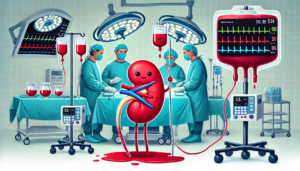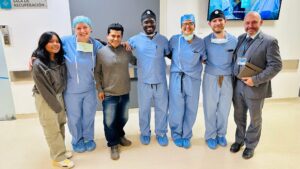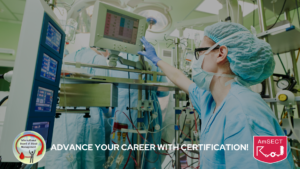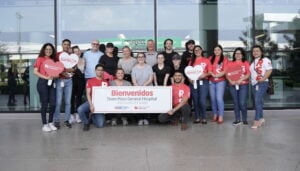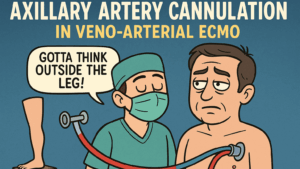Objective: The intra-aortic balloon pump (IABP) is widely used to rescue patients from complications following cardiac surgery. With improvements in rescue strategies over the past decade, the appropriateness of IABP must be reexamined. This study assesses the risk factors, outcomes, and predictors of survival of rescue IABP.
Methods: Patients receiving isolated, rescue IABP during or after cardiac surgery from 2012 to 2020 were studied. All adult patients undergoing cardiac surgery except transplantation and primary mechanical circulatory support (MCS) procedures were included.
Results: Of 10,591 patients, 397 (3.7%) patients received peri-operative IABP with rescue IABP instituted in 182 (45.8%). The indications for rescue IABP were post-cardiotomy shock (66, 36.3%), failure to wean cardiopulmonary bypass (58, 31.9%), myocardial ischemia (30, 16.5%), cardiac arrest (25, 13.7%), and ventricular arrhythmia (3, 1.6%). The in-hospital failure to rescue rate was 17.6% (32/182) with a 90-day and one-year survival of 80.8% and 76.9%, respectively. The most common etiology of mortality was ongoing cardiogenic shock (26/42, 61.9%). IABP > 4 days and cardiac arrest as an indication for IABP were risk factors for one-year mortality (adjusted hazards ratio [aHR]: 2.68, 95% confidence interval [CI]: 1.31-5.50; aHR: 2.69, 95% CI 1.11-6.54, respectively).
Conclusion: Rescue IABP following cardiac surgery is associated with increased early and one-year mortality. Prolonged IABP beyond 4 days or cardiac arrest as an indication portended a significantly worse prognosis. Rescue IABP may not be the optimal first-line temporary MCS for all patients, as the level of support provided might not match the severity of cardiogenic shock. Alternative MCS strategies should be considered early.
Keywords: Adult Cardiac Surgery; Cardiac Critical Care; Intra-Aortic Balloon Pump; Post-Cardiotomy Shock; Post-Operative Rescue; Temporary Mechanical Circulatory Support.


